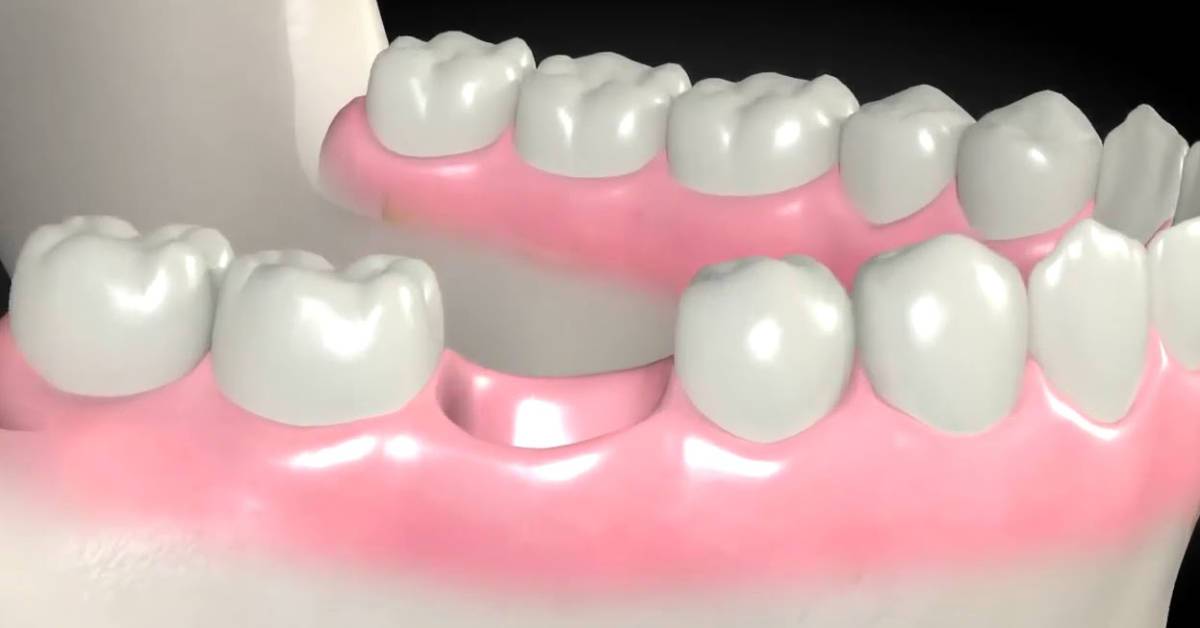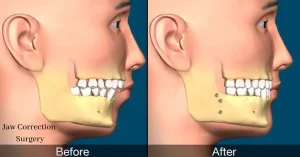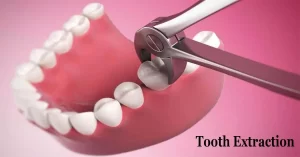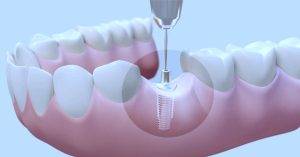
If you want to replace your lost tooth, dental implants can improve your smile. These incredible restorations look like regular teeth, but they require a substantial amount of jaw bone for successful implants. Fortunately, bone growth procedures such as bone grafting help restore the density and volume of your jaw. Check out the points below to learn more about dental bone grafts and how you can increase the viability of your dental implant.
What is a Dental Bone Graft?
A dental bone graft is a procedure that replaces the missing bone in your jaw with bone grafting material to encourage regeneration. As natural bone grows, it absorbs the graft material, resulting in a fully integrated area of new bone. Four types of bone grafting material exist:
- Autografts use bone tissue obtained from the patient’s own body. The practitioner typically takes this tissue from the patient’s chin, shin, or hip.
- Allografts come from a human donor, usually cadaver bone that has undergone treatments to make it neutral to immune reactions and free of host diseases.
- Xenografts use the inorganic portions of animal bones, and cows are a common source.
- Alloplasts are created from hydroxyapatite, a naturally occurring mineral in bone.
- Ceramic-based grafts are made from ceramics alone or in combination with another material such as calcium or bioactive glass.
According to the Journal of Pharmacy and BioAllied Sciences, practitioners consider autographs the gold standard for bone grafting material but consult with your dental professional to determine the best option for your procedure.
Why You Need a Dental Bone Graft?
Patients who have experienced bone loss might require a bone graft to help support existing teeth or an upcoming restoration. Events such as aging, missing teeth, genetic or development defects, untreated periodontal disease, and trauma to the jaw can lead to bone loss. If the patient needs a tooth extraction and is considering a dental implant, your dental professional might recommend bone grafting. In fact, it is estimated that half of implant placement procedures require bone grafts.
Steps of a Dental Bone Graft Procedure?
Before your dental bone graft procedure, you will meet with a periodontist or oral surgeon to discuss the treatment plan and determine the bone grafting material to be used. Your bone grafting procedure will depend on the purpose of treatment, but you can usually expect these steps:
- Anesthesia – Your dental professional will use a local anesthetic to numb the surgical site. You also might need IV sedation if they source the tissue from your own body or if you experience dental anxiety.
- Extraction and/or bone sourcing – If you are using an autograph, the dental professional will start by sourcing the bone from the chosen location. Similarly, if you need a tooth removed, the surgeon will perform the tooth extraction at this time. Combining tooth extraction with bone grafting encourages faster healing.
- Graft insertion – Next, the dental professional will thoroughly clean the area. If you do not have an extraction, the dental professional will make an incision in the gum tissue to expose the bone. Then, he or she will attach the bone graft material to the exposed bone.
- Stitching – Once the graft material is in place, the area is sutured closed. The dental professional may use pins, plates, wires, cables, or even a titanium screw to hold the tissue together. If you source the bone from your body, the surgeon will also stitch that area together.
- Recovery – In most cases, you can plan to return home the same day as your procedure, but you might need a driver if you received sedation or general anesthesia. You will need four to six months — and sometimes longer — to completely heal and be ready for your dental implant. Your dental professional will provide instructions to care for the area, and you should follow these closely to prevent failure or complications.
Other Types of Dental Procedures to Support Bone Growth
Bone grafting is a type of bone augmentation procedure and others may be needed to build bone in your mouth and support dental implants. These procedures include:
- Sinus lift or subantral graft – This procedure raises the sinus floor to increase the bone’s height in your upper jaw above the premolar and molar teeth to support the placement of dental implants.
- Ridge expansion – This surgical procedure divides the jawbone into an inner and outer section to insert bone graft material, create new bone, and widen the jaw to support dental implants.
- Distraction osteogenesis – This procedure makes a shorter bone into a longer bone by cutting it into two pieces, slowly pulling the two pieces apart and encouraging new bone to form and fill the space.
- Alveolar ridge preservation or socket preservation – This surgical procedure reduces bone loss after tooth extraction by placing a bone substitute in the socket and covering it with a barrier membrane directly after removal.
Most other bone augmentation procedures only sound like a complex or invasive procedure. In reality, your dental professional can quickly perform most surgeries needed to support bone growth and development. In four to six months, you can have the healthy bone structure required to support dental implants and be one step closer to a dazzling smile.









